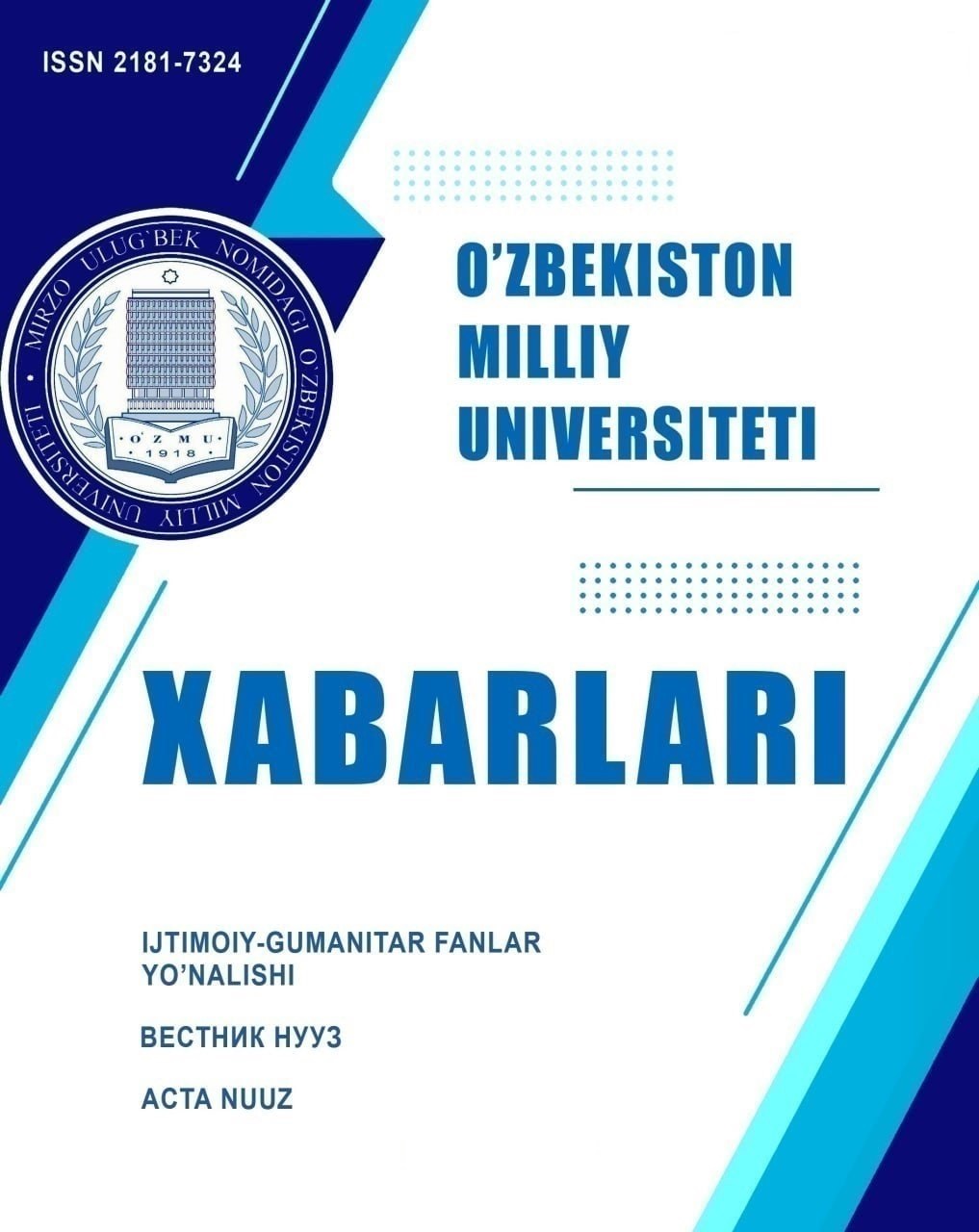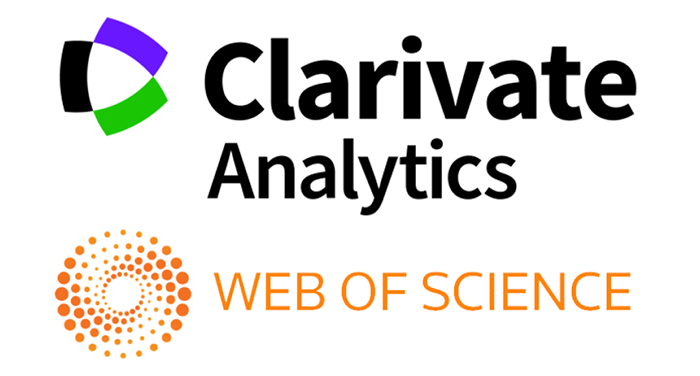LISONIY IDENTIKLIK TUSHUNCHASINING MAZMUN-MOHIYATI
"Maqola"
Ushbu maqola til va identiklik o‘rtasidagi murakkab bog‘liqlikni amaliy lingvistika doirasida o‘rganib, identiklik tushunchasining mazmun-mohiyatini izohlaydi. Til, insoniy muloqotning asosiy vositasi sifatida, shaxs va guruh identikligini shakllantirishda hal qiluvchi rol o‘ynaydi. Maqolada til qanday qilib identiklikni aks ettirishi va shakllantirishi masalasi o‘rganilib, bunda lisoniy identiklikni tadqiq etgan turli olimlar tomonidan olib borilgan sifatiy tahlillarga murojaat qilinadi.
References
2. Preece, S. (2016). Introduction: identity in applied linguistics. The Routledge Handbook of Language and Identity.
3. Collins dictionary. – 2023.
4. Siebenhütter, S. (2023). The multilingual profile and its impact on identity: Approaching the difference between multilingualism and multilingual identity or linguistic identity. Ampersand Volume 10, 100123.
5. Wenger, E. (1998). Communities of Practice. Cambridge: Cambridge University Press.
6. Nuessel, F. (2005). Language as/and Identity. Semiotics 2003: Semiotics and National Identity.
7. Sabri, S., & Minwas, J. R. (2022). A review on identity from A linguistic and sociological perspective. International Journal of Social Sciences & Educational Studies, 9(4), 225-236. https://doi.org/10.23918/ijsses.v9i4p225
8. Skutnabb -Kangas, Tove. (2000). Linguistic Genocide in Education-or Worldwide Diversity and Human Rights? (Mahwah, NJ: Lawrence Erlbaum Associates).
9. Block, D. (2013). Issues in language and identity research in applied linguistics. Estudios De Lingüística Inglesa Aplicada.
10. Hall, S. (1996). Introduction: Who needs ‘identity’?. In S. Hall & P. du Gay (Eds.), Questions of cultural identity (pp. 1-17). London: Sage.
11. Krumm, H. (2020) Mehrsprachigkeit und Identitat. Handbuch Mehrsprachigkeit und Bildung. Springer VS, Wiesbaden. – pp. 131-132.
12. Jenkins, R. (2008). Social identity (3 ed.). London and New York: Routlege.
13. Block, D. (2006). Identity in applied linguistics: Where are we?. In T. Omoniyi and G. White (eds.), The Sociolinguistics of Identity (pp. 34-49). London: Continuum.
14. Gee, J. (2005). An introdcution to discourse analysis: theory and method (2 ed.). New York : Routledge.
15. Deaux, K. (2001). Social Identity. Encyclopedia of Women and Gender, 1 & 2. Cambridge, USA: Academic Press.
16. Zimmermann, D. (1998). Identity, context and interaction. In C. Antaki, & S. Widdicombe (Eds.), Identities in talk (pp. 87-106). London: Sage.
17. Zhalehgooyan, B. (2017). Second language identity. Universiteit Leiden. https://hdl.handle.net/1887/57212
18. Stockton, H.L. (2015). Identity-Focused Second Language Acquisition: A Systematic Review of Classroom Applications (Unpublished master thesis). Hamline University, Saint Paul, Minnesota.
19. Madayeva, Sh. (2015). Identiklik antropologiyasi. Toshkent. Noshir.
20. Block, D. (2013). Issues in language and identity research in applied linguistics. Estudios De Lingüística Inglesa Aplicada.
21. Block, D. (2009). Identity in applied linguistics: The need for conceptual exploration (2009). Contemporary Applied Linguistics. Volume 1.
22. Block, D. (2007). Second Language Identities. London: Continuum.
23. Siebenhütter, S. (2023). The multilingual profile and its impact on identity: Approaching the difference between multilingualism and multilingual identity or linguistic identity, Ampersand, Volume 10, 100123, ISSN 2215-0390, https://doi.org/10.1016/j.amper.2023.100123
24. Payman, G. M. (2018). Construction of Linguistic Identity. International Journal of Central University of Kerala.
25. Anchimbe, E.A. (2007). Linguistic Identity in Postcolonial Multilingual Spaces.
26. https://www.studysmarter.co.uk/explanations/english/language-and-social-groups/language-and-identity/


.jpg)

.png)







